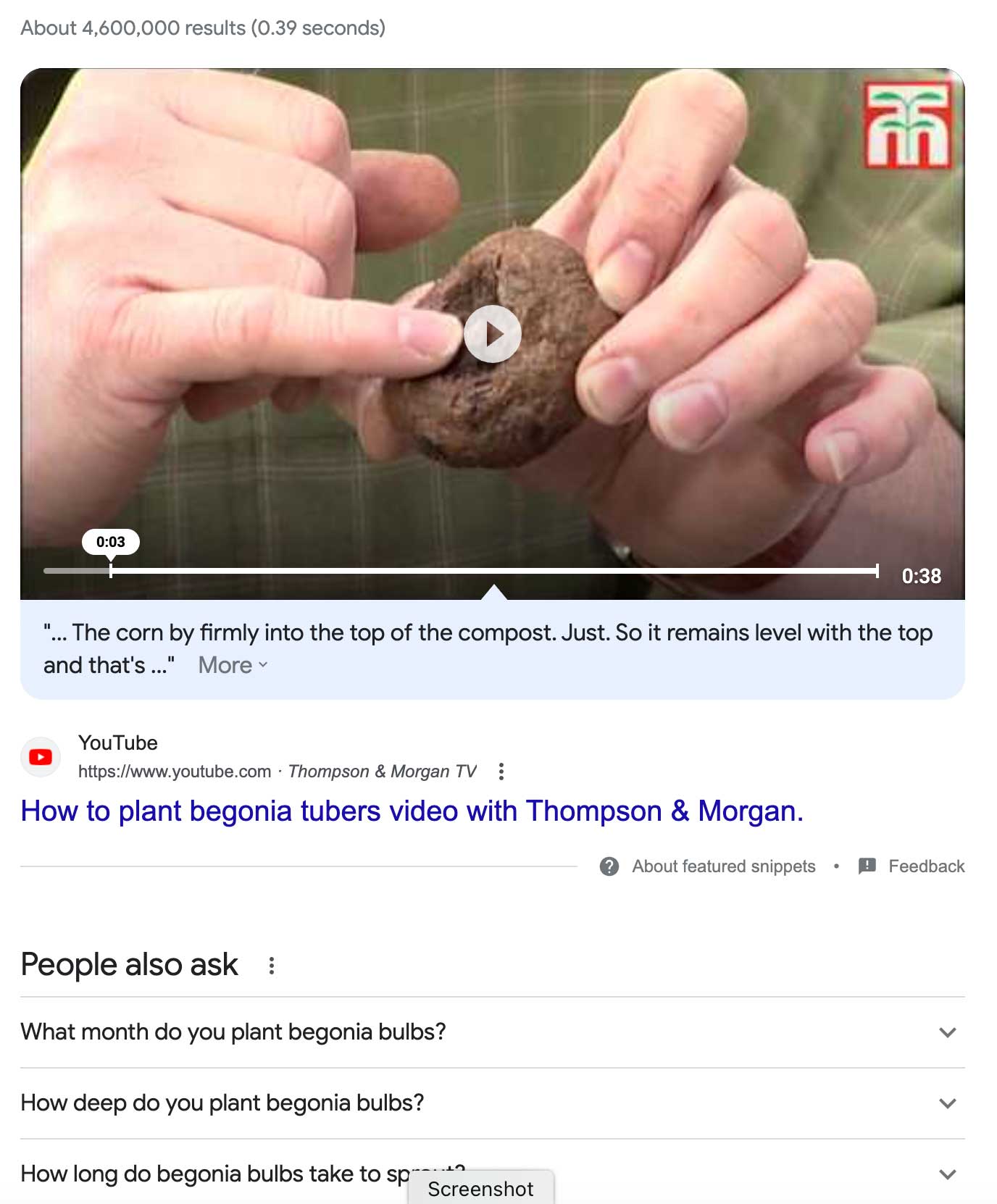Reputational Touch Points ?See Your Online Brand Like Customers Do
When potential clients and customers search online, search engines serve up many different types of content from which stakeholders select the most appropriate for their search. These touchpoints might be the brand’s website, reviews about the brand or its products, video, social media feeds, or articles about the brand.
The brand can control many of these touchpoints in the form of “owned” web properties. But many are outside of the brands’ control and may not project positive sentiment about the brand. These might be in the form of blog posts from competitors, negative reviews, or even negative articles about the brand. This article outlines what the most popular brand touchpoints in search results are, and how to measure and improve them.
Touchpoint analysis
Brand touchpoints in the world of search are part of a company’s digital footprint. A touchpoint is any time a customer interacts with your business or brand before, during, or after a sale online. This includes everything from the first advertisement they see on the sidebar of a favorite website to the “Thank you!” message they receive after submitting a form or making an order. Touchpoints are composed of owned, earned, and paid brand content. Touchpoint analysis identifies those touchpoints and the level of control over them that the brand has. Here are examples of brand touchpoints:
- The brand’s website
- Google Knowledge Panel
- Wikipedia articles
- Google, Yelp, or other reviews
- The brand’s social media
- 3rd party social media
- Articles about the brand
- Press releases by the brand
- How to analyze touch points
1. Walk a mile in the customer’s shoes.
First, you will want to see what your stakeholders see in search results. Start with a simple Google search. In one tab, search for your organization’s name. Then, in three or four other tabs, Google competitors. Now, compare “above the fold” content about your brand compared to theirs. National or global brands might have search results, including the company’s main site, Wikipedia, Bloomberg, social media (like an “X” feed), and articles. Every search is different. This mix of formats is called “blended results”.
Blended results occur in a Google or Bing search because the search engine doesn’t yet understand the user’s intent. In other words, it doesn’t know what the person searching is looking for, so it provides many results to choose from other varying formats.
Compare the search results for the brand against those of competitors, and think like a person searching for the brand might. After all, consumers do a lot of research online. If you were someone who didn’t know much about your brand, and you were comparing yours to competitors’ search results, what would you think? This is a simple form of sentiment analysis.
2. Identify a goal for each touch point.
There are three types of search. They are:
- Transactional searches: When someone is seeking to purchase something, it’s a transactional search.
- Navigational searches: An example of a navigational search would be when the user knows the name of the brand and already knows where they want to end up. For
- Informational searches: in these instances, the user is looking for certain information– for example, “how to make coffee”.
Now that you know the three types of search activity, assign one to each of the search results returned for your brand and for each of the competitors. This will give you an idea of how Bing or Google thinks your branded results should be displayed. It will also inspire you to make improvements.
For example, if a competitor has their main website in the first position, but your brand has a negative New York Times (NYT) article in the first position, this will tell you that the search engine believes the most important search result for your brand is negative information – a big red flag that you will want to address.
3. Consider the sentiment of each result
In the example above, we noted that a negative NYT article would be an example of negative sentiment toward your brand. If something negative exists visibly on your brand’s first page of search results, it’s usually because people are interested in something negative and are clicking on it. Results with negative sentiment are driven by negativity bias.
In the world of search results, negative online content tends to get more visibility in search results because these types of reputation-damaging articles attract clicks and views.
People naturally gravitate to bad news. So negative sentiment online is often self-reinforcing. It is important to identify negative sentiment in search results because there are few things that can damage a brand more effectively. In fact, there are PR agencies that specialize in generating negative content about brands. One example of this is the “bear raid”.
A bear raid is a term applied when someone wants to drive down the price of a stock in order to capitalize on a short position by selling initially and then repurchasing at a reduced cost. In other words, someone makes money by shorting a company’s stock and generating bad news. This often happens quickly. For example, when the twin towers were attacked, someone had foreknowledge of the event and shorted the stocks of the airlines.
A more common use for negative sentiment online is when competitors post negative reviews about a brand in order to elevate themselves in comparison. While a bear raid might be quick, long-term negative news leaking into search results can lead to a slow decline in revenues as consumers weigh the merits of brands simply by looking at their top search results.
4. Filling touchpoint gaps
Are there any areas your brand doesn’t appear online but where customers might expect you to appear? For example, if you’ve been running a commercial bed and breakfast for twenty years, your future guests may expect you to have a listing for your company on AirBnB.
If yours is a large organization, a Wikipedia article might be expected, especially if your competitors already have one. The lack of a Wikipedia article could signal to consumers that your competitor is larger or more well-known.
When you identify content and touchpoint gaps, work to fill them. Put another way, learn from competitors’ search results to inform you of where yours can improve.
5. Shape the content to your stakeholders
Every excellent content strategy is user-focused. If you run a plant nursery and your customers are do-it-yourselfers, a free video series might be far more helpful than a series of articles. The image below shows how search results might look, with a video followed by “People Also Ask” below it.
When analyzing search results, discover what else your customers might be looking for online by studying the “People Also Ask” found in search results. It’s a great way to understand better what your stakeholders want.
Search results FAQs
What is a customer touchpoint?
A customer touchpoint is any time a customer interacts with your business or brand before, during, or after a sale. This includes everything from the first advertisement they see on the sidebar of a favorite website, to the thank you message they receive after submitting a form or making an order.
How can I use customer touchpoints to improve my business’s reputation online?
Walk a mile in the customer’s shoes. Identify a goal for each touch point. Study what your competitors do with each touch point. Identify new touch points where your customers already go. Identify what your customers really care about, and shape the content to meet their needs and interests.
What are Brand Touchpoints?
Brand touchpoints are any of the instances in which customers interact with your brand. This could mean visiting the company website, reading an article about the brand, participating in a Twitter conversation, interacting on a forum, watching a video, or anything else that adds to or detracts from brand sentiment.
About the author
Kent Campbell is the chief strategist for Reputation X, an award-winning online reputation management agency. He has over 15 years of experience with SEO, Wikipedia editing, review management, and online reputation strategy. Kent has helped celebrities, leaders, executives, and marketing professionals improve the way they are seen online. Kent writes about reputation, SEO, Wikipedia, and PR-related topics..
–
Tags: Business Reputation Repair.

